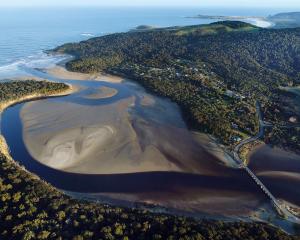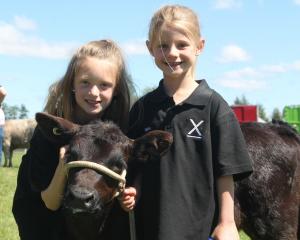
One notable exception is the Clutha which continues to run well above normal. However backwaters and eddies off the main flow should offer a chance of a fish or two.
Also, an evening rise is always a possibility especially to a hatch of sedge, again in eddies and backwaters.
Trout are a lot like humans: if there is lots of something, in this case fast water, they will go for slow water. The reverse is also true: if the water is mainly slow, they will seek out faster water.
The reason is simple: the best feeding is on the boundary between fast and slow water.
Fast water carries the food to the fish but the fish lies in the slow water to save energy, only popping out when a tasty morsel appears.
The same applies to rivers at normal level, where slack water on the edges of ripples are the best spots to target.
Although trout will hold station by the ripples, others may well be cruising the flats, so it pays to be alert and look for trout swimming towards you.
When I run my fishing classes there is one question that crops up regularly — "When do you decide to fish a dry fly?".
A simple question you may think. But before I answer, some background.

As the late Donald Scott, professor of zoology at University of Otago used to say, the trout are always right.
Trout are opportunistic feeders, taking whatever comes along — usually what is most plentiful.
Most of the time the most plentiful food is below the surface. In fact, over 90% of trout are caught sub-surface so those of you that are good at maths will realise that leaves less than 10% being taken from the surface or above.
Trout will grab damsel flies in mid-air if given the chance.
Fly fishing authors are guilty of perpetuating the myth that trout rise most of the time, ignoring the many more days that it just did not happen.
I have fished many days when hardly a fish has risen to surface food but still had good catches by letting the trout choose, which in these cases was a nymph.
Even on days of prolific hatches, trout often seem to ignore the surface fly so it seems pointless imitating something on which the trout are not feeding.
On such an occasion, there is something available to the trout which involves less energy expenditure. So logically a sub-surface fly should be used.
We let the trout guide us, and as we know the trout are always right.














